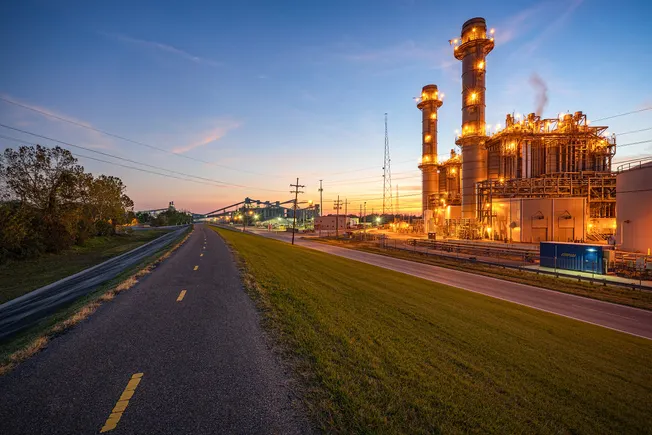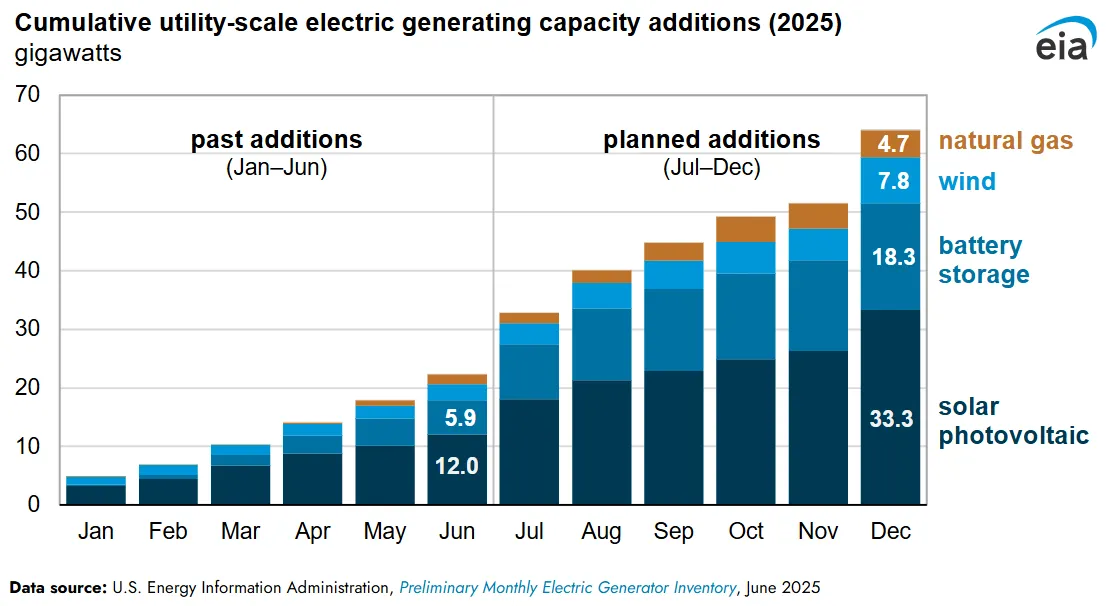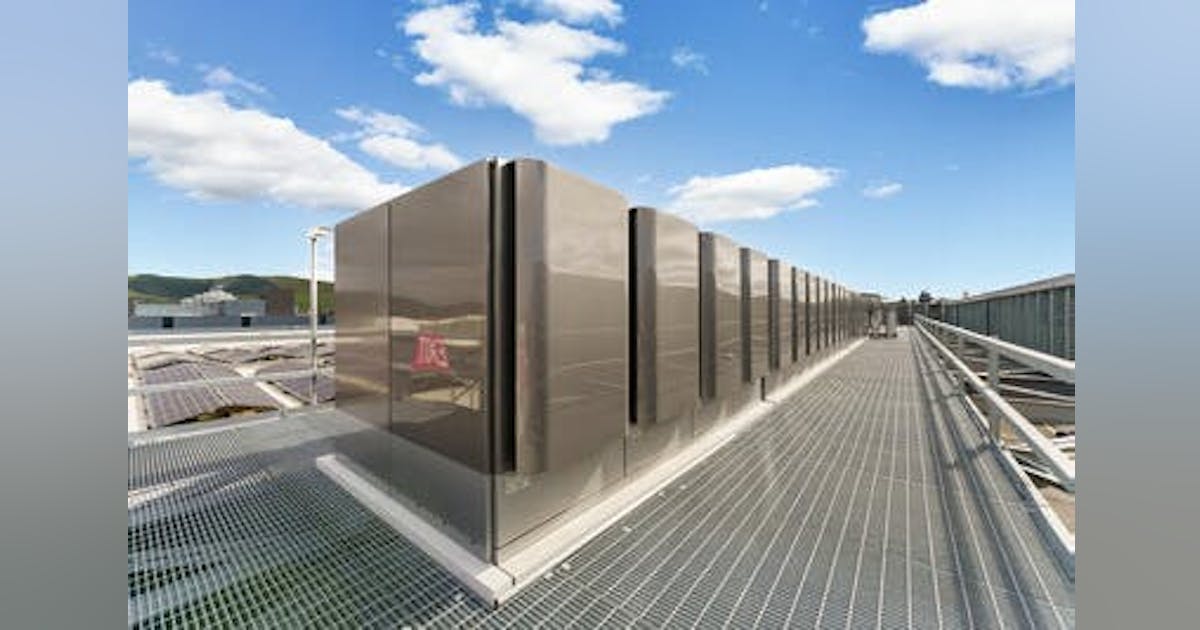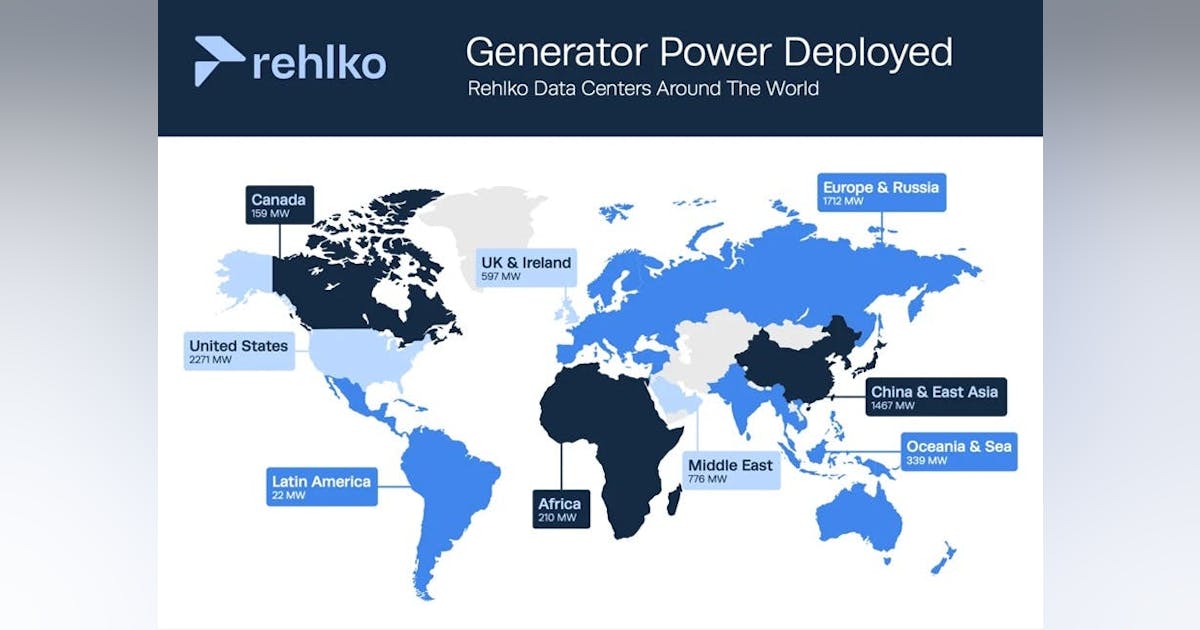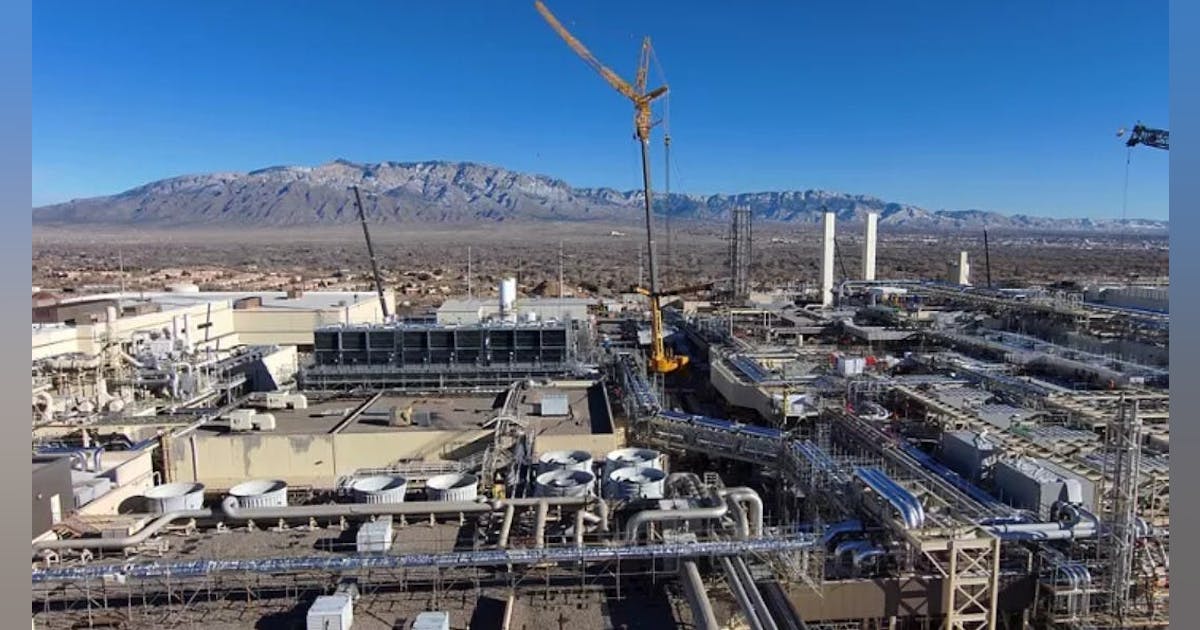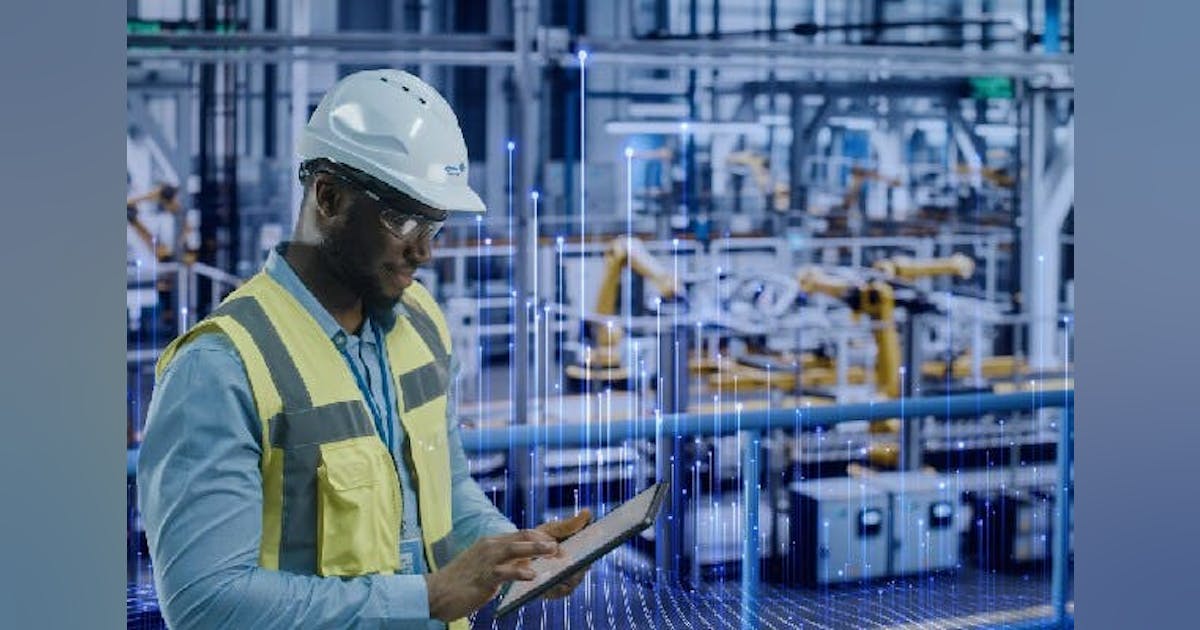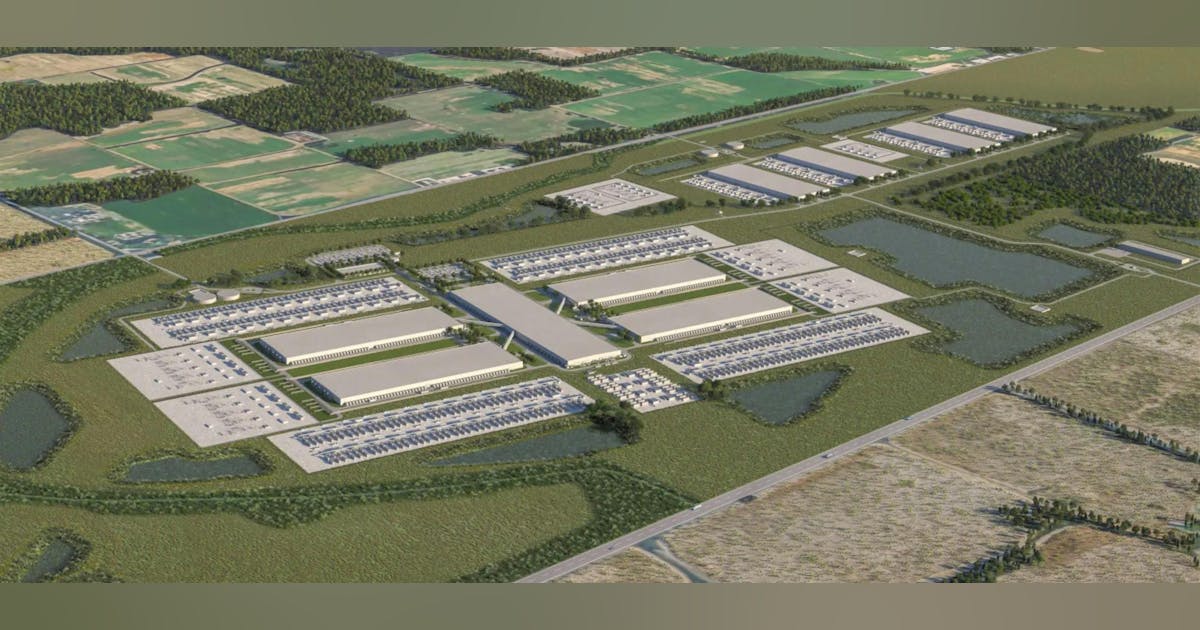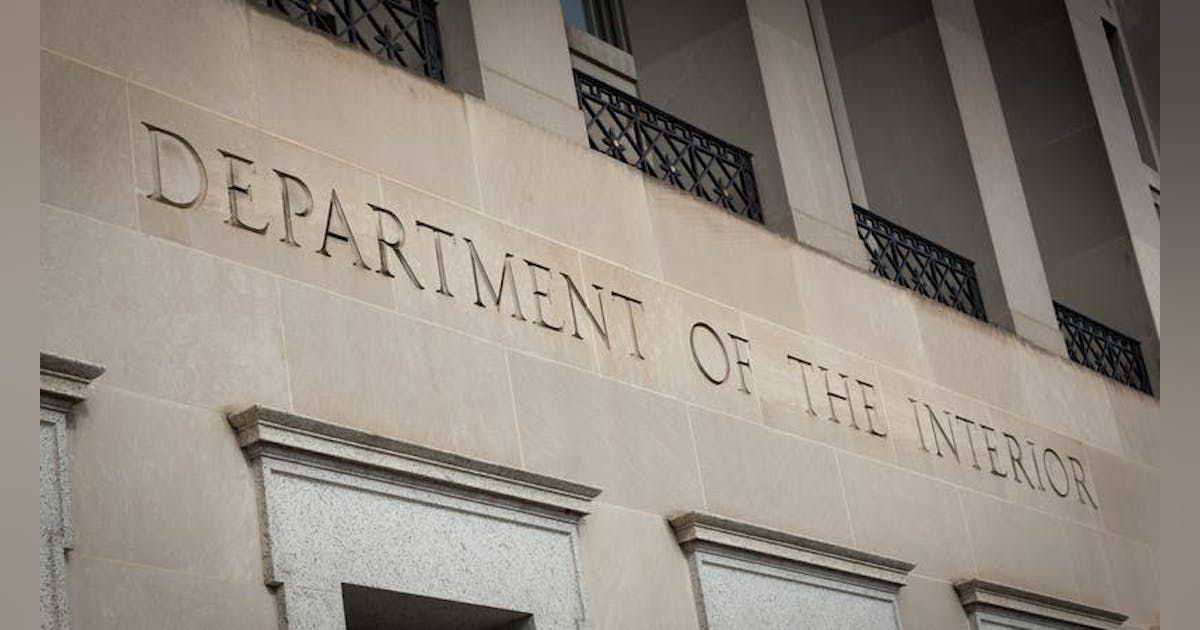
The US Interior Department rolled out its schedule for federal offshore lease sales Aug. 19, outlining 15 proposed sales in the Gulf of Mexico and 6 off Alaska’s Cook Inlet from 2025 to 2032.
In addition to the proposed Gulf lease sales, Interior would hold another 15 sales in the Gulf from 2033 to 2040, it said.
The schedule sets Gulf sales for twice a year, in March and August, from 2026 to 2040. It also has a March 2040 sale on the books, as well as one on Dec. 10, 2025. The Bureau of Ocean Energy Management will publish a final notice at least 30 days before each sale.
Cook Inlet lease sales would occur in March 2026-2028 and again in March 2029-2032, Interior said.
President Trump’s recently passed tax law required Interior to publish the long-term lease schedule.
The National Ocean Industries Association praised the new schedule. “Today’s announcement restores the stability needed to keep America’s offshore energy future strong,” said NOIA President Erik Milito. “A clear, long-term schedule of lease sales in the Gulf of America and Alaska’s Cook Inlet gives companies the certainty to invest, sustaining jobs and strengthening US energy security.”








